There’s the cute and fuzzy, and then there’s the one that snacks on deadly scorpions. Negev wildlife is as beautiful and exciting as it gets. Check out these seven desert-dwellers and tell us which is your favorite!
1. Syrian Striped Hyena
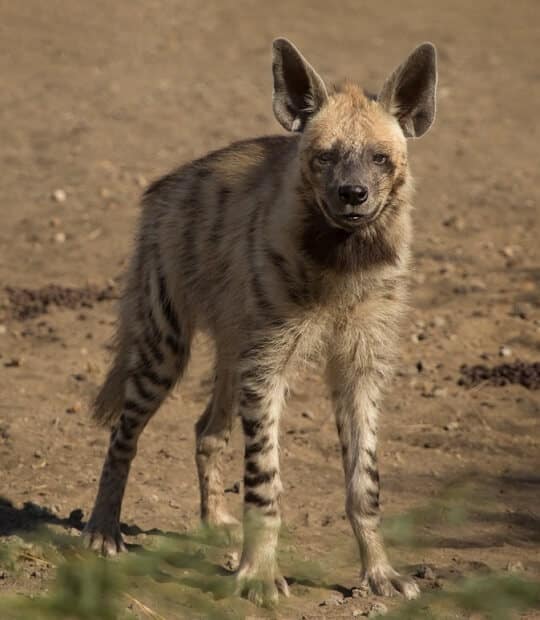
If you’re out at night in the underpopulated areas of the Negev desert, you might just hear some chatter and high-pitched laughter – from wild hyenas. Don’t worry, these peculiar creatures won’t bother you, so long as you leave them alone. They like to stay inside their dens, and Negev hyenas make some of the largest hyena dens on the world – they’re pretty good at chilling.
These fellows mostly eat fruit and scour the garbage, but occasionally they’ll steal a sheep or goat.
2. Dorcas or Negev Gazelle
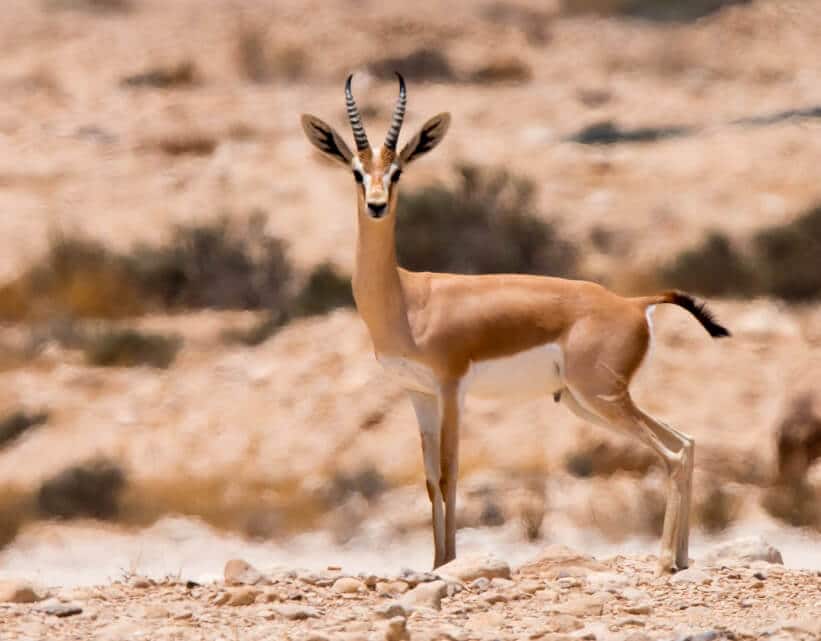
A metaphor for beauty and grace, these gazelle are a favorite to biblical poets.
The Dorcas Gazelle have adapted incredibly well to the Negev – they can go their entire life without drinking! They mostly get their hydration from the plants they eat, but given the chance, they will drink water. The gazelle are also great at handling the incredible heat, although they do like to stay in the shade until early evening when the sun begins to cool down.
If you’re luck enough to spot one of these gorgeous animals, be careful to keep a distance. They are very shy and afraid of humans, and might run off very fast, possibly with high jumps to warn their buddies.
3. Middle East Tree Frog
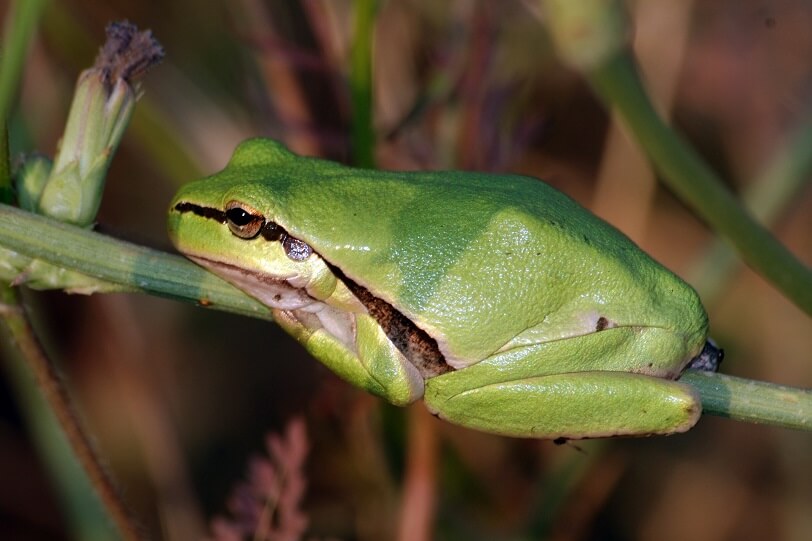
Although they once lived as far as the Dead Sea, these jumpy amphibians have become an endangered population, and are now mostly concentrated in the Northern Negev, where there may be a few thousand. Look out for these frogs when you’re near marshes or water springs. You’ll have to look closely, since their green color camouflages them well into the shrubs and grass where they love to roam.
4. Otonycteris Hemprichii Bats
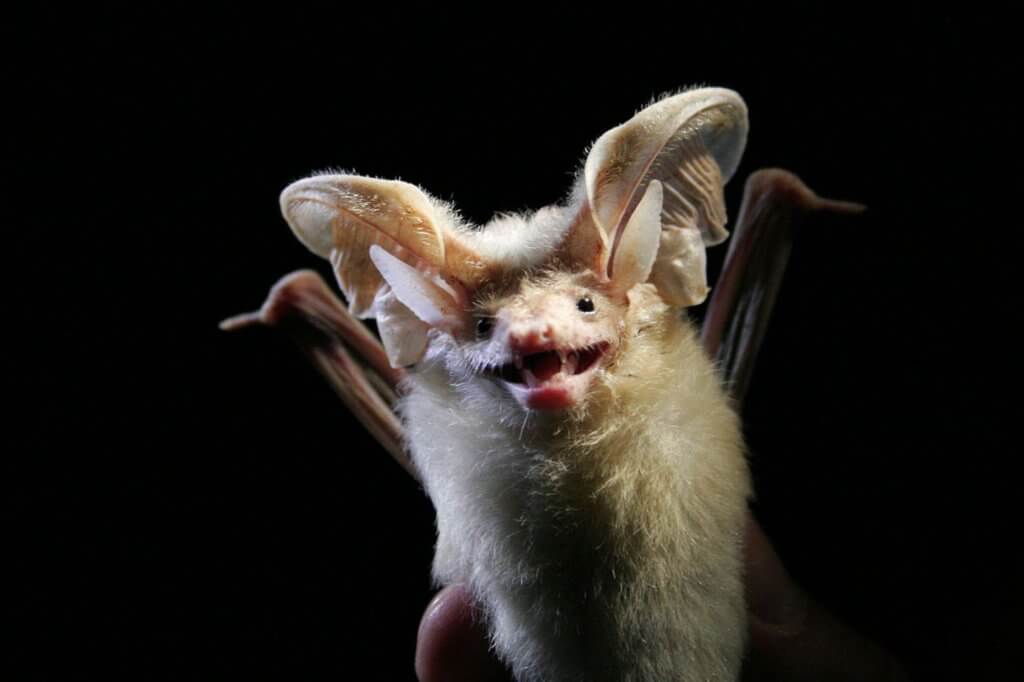
Are these the rebels of the bat world? Probably. Something about the Negev makes things stronger, because these bats snack on the deadliest of scorpions without batting an eye. These Negev bats are 7-8 centimeter long, a lot larger than their fruit bat buddies, so these meaty scorpions are a big plus on the nutrition board.
The Otonycteris Hemprichii Bats can switch between two flying modes when hunting for food, the “whispering gleaning” mode for hunting on the ground, and the “screaming” mode for the flying bugs they’ll eat when they’re being a little more normal.
Bats might mean nightmares for some, but the humans of the Negev are probably glad to have someone fighting the scorpions.
5. Ibex
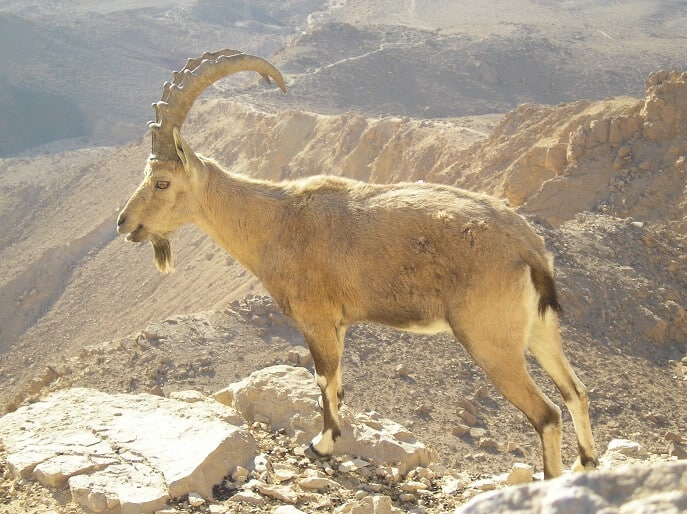
You think you’re a good climber? You’ve got nothing on these guys. Travel through the Negev and you’ll find them casually walking up the steepest of cliffs and slipperiest of slopes – and when they’re hungry, you may find them chilling atop acacia trees, nibbling on juicy leaves. The biblical verse “High mountains for ibex and rocks to shelter hyrax” (Psalms 104:18) is still true as ever today!
Israel’s National Parks Authority have made these wily goats their symbol, and it’s well deserved; the world’s largest herds of ibex live in the Negev. Actually, there are so many ibex in the Negev, that in the city of Mitzpeh Ramon they have pretty much achieved pet status to the local residents, with almost no fear of the humans.
6. Rock Hyrax
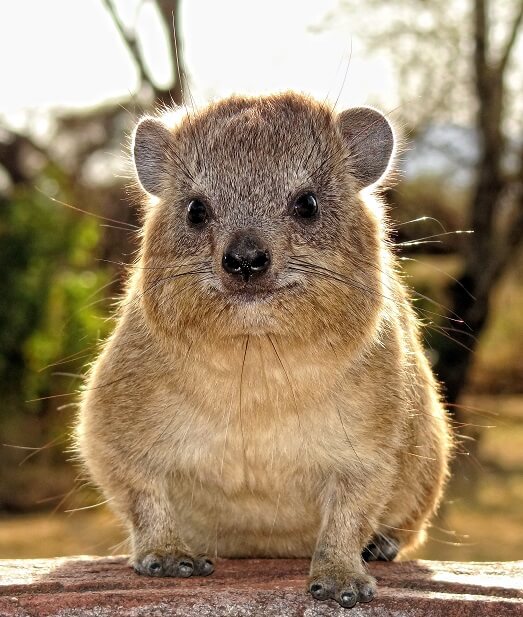
These critters are cute. You’ll mostly find them in the rocky areas around the Dead Sea, the hyrax of the Negev are lighter and more orange in color than their family up in the Golan Heights. Here they tend to hide under the rocks, as they dehydrate rather quickly in the sun.
It’s adorable to watch these highly social fuzzballs, as they tend to live in groups, with one adult standing guard while the others feed or rest. Listen out for them too – they communicate with more than 20 different noises, and the higher ranking hyrax will give themselves away with the most chatter of the group.
7. Desert Hedgehog
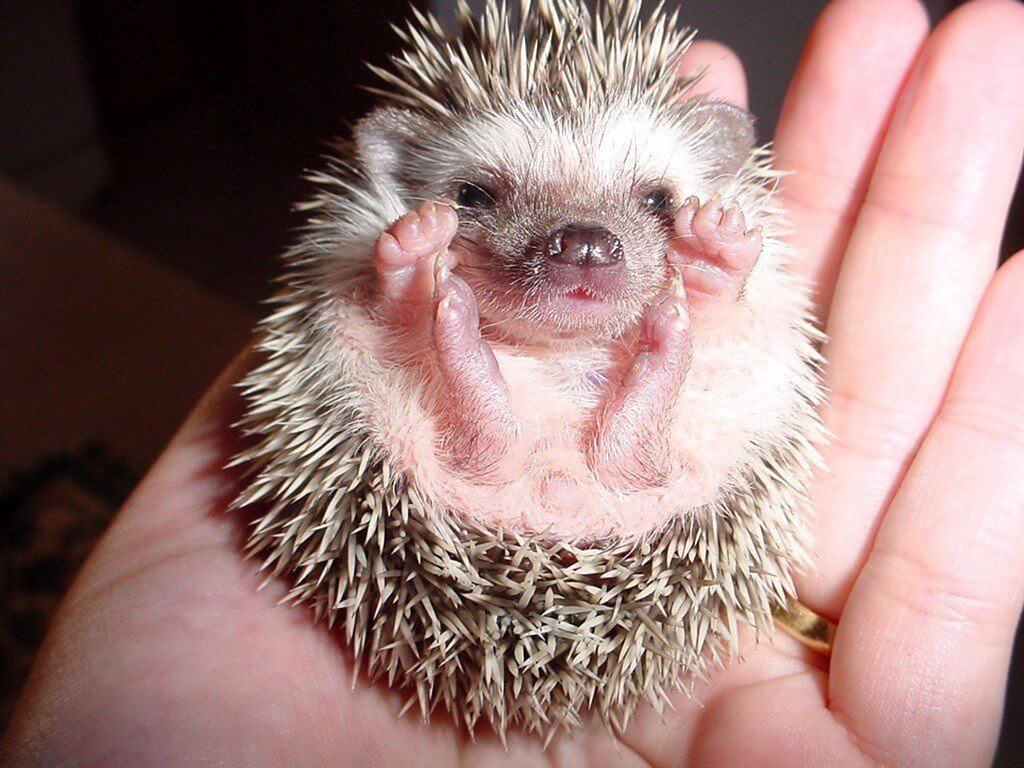
So tiny! The desert Hedgehog is one of the tiniest in the world – weighing in at just 10 to 18 ounces. But don’t think that makes them easy to catch! When threatened, they’ll stick out their quills, which are incredibly long compared to regular hedgehogs, giving them an easy escape from danger. If you’re lucky enough to spot newborn hedgehogs, you’ll note that they’re born with their quills under the skin, so that they don’t hurt their mother during birth.
These tiny but fierce creatures are highly adaptable, and can be spotted even in busy Negev cities like Be’er Sheva.
Which one is your favorite? Tell us in the comments, and share on Facebook to ask your friends!


